Understanding the watermen
Image : Gloucester Bridge and West Gate. Thomas Harral, Picturesque Views of the Severn, 1824
An increasing awareness from the 1970s of the significance of custom in social history proved helpful in understanding the Severn. Watermen dressed distinctively in flannel frocks. A hierarchy extended from owners who worked sets of vessels, through men who operated single coal barges, to the watermen who were their crewmen. All asserted their superiority over horse drivers who from the closing years of the eighteenth century led the beasts that pulled vessels upstream, and were the successors of the equally despised bow haulers who previously dragged the vessels from the river banks. There is considerable evidence of group solidarity amongst river workers. At the annual May Day wakes on the Wrekin watermen traditionally fought with miners. When the river could not be navigated in the winter of 1861 watermen sought sustenance for their families by Morris dancing. Bow haulers showed solidarity, in raising rates for haulage in 1755, in opposing river improvement in 1786 and in resisting the use of towing horses at Worcester in 1832. Analysis of an attempt by the Coalbrookdale Company in 1805 to 1808 to run their own fleet of vessels – which ended ignominiously when traffic was returned to an established owner – suggests that the river-working community could effectively protect its own interests.
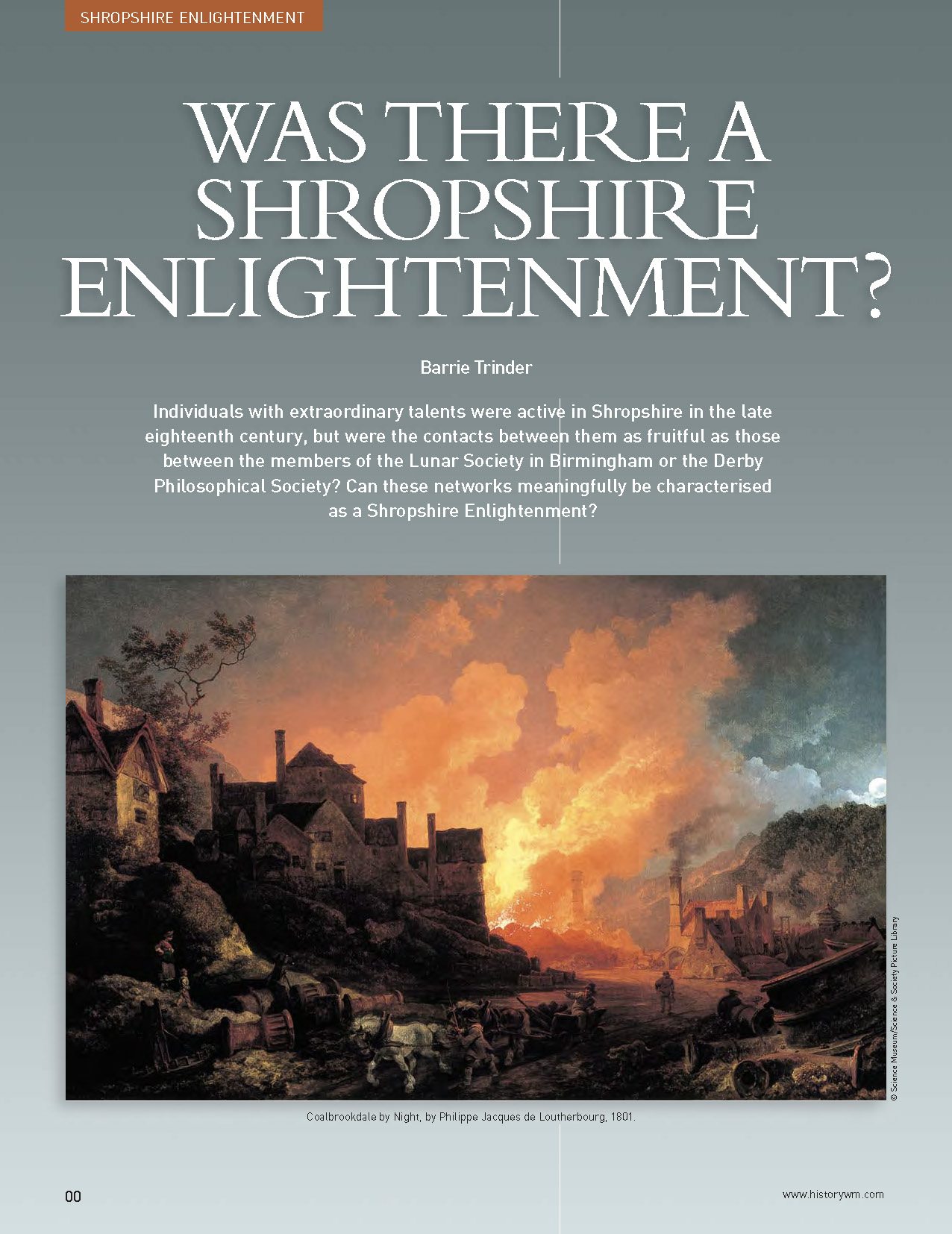 Download the article
Download the article
Was there a Shropshire enlightenment?
By Barrie Trinder
Continue browsing this section
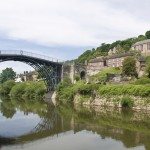 Reflections on the Surface: reviewing the River Severn’s history
Reflections on the Surface: reviewing the River Severn’s history
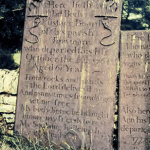 Investigating the Severn
Investigating the Severn
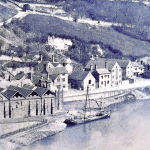 Important Sources
Important Sources
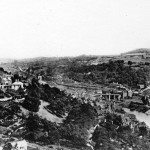 Charting the Severn Riverscape
Charting the Severn Riverscape
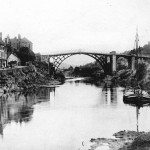 River Traffic
River Traffic
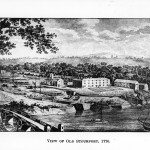 The Severn Trade
The Severn Trade
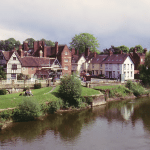 Shop goods and transit cargoes
Shop goods and transit cargoes
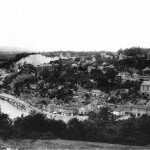 The Coal Trade
The Coal Trade
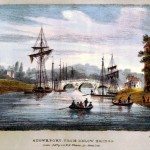 Understanding the Vessels
Understanding the Vessels
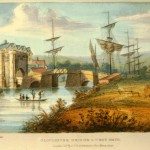 Understanding the watermen
Understanding the watermen
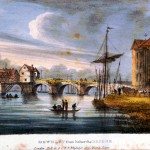 Varieties of Severn History
Varieties of Severn History
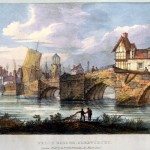 Conclusion
Conclusion



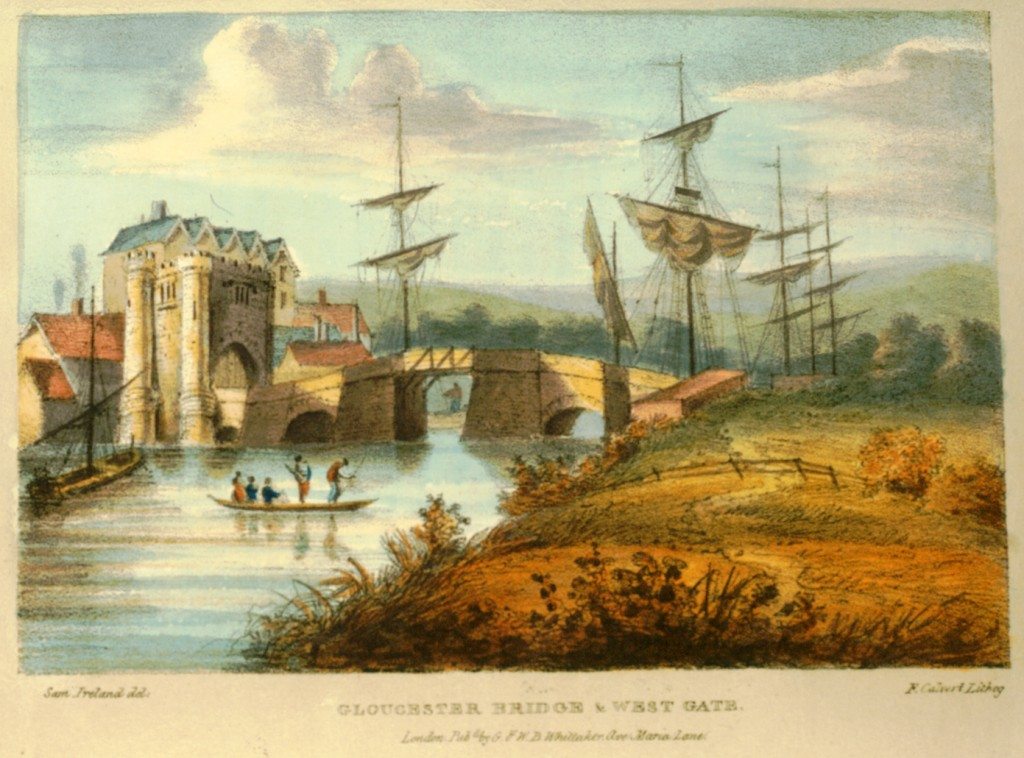
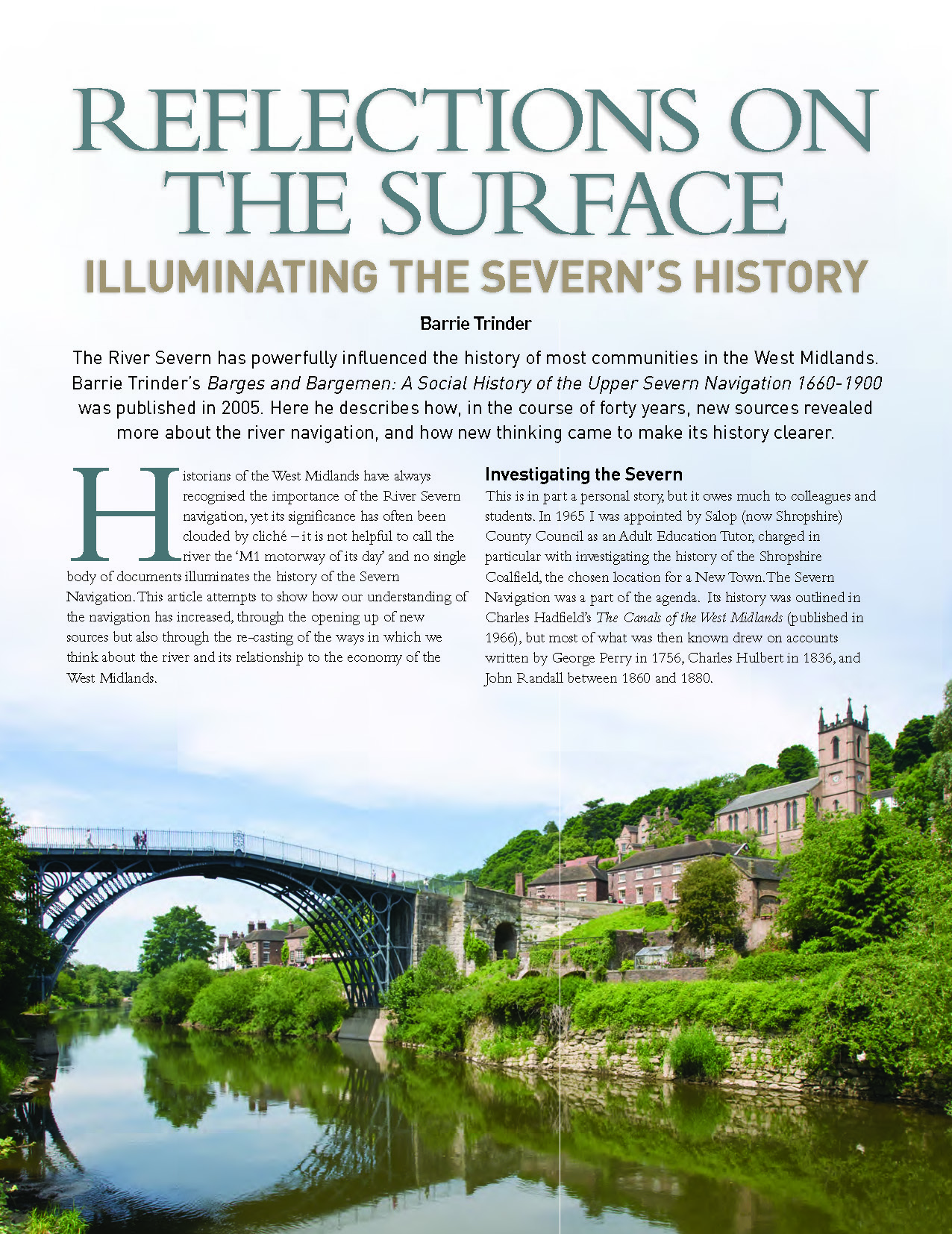 Download the supplement
Download the supplement

